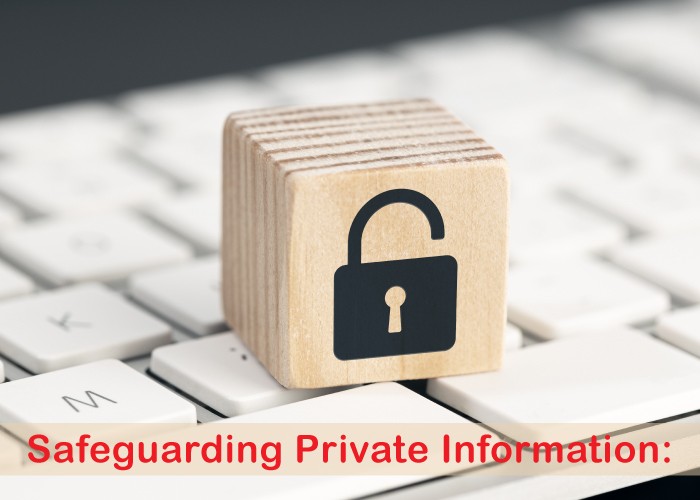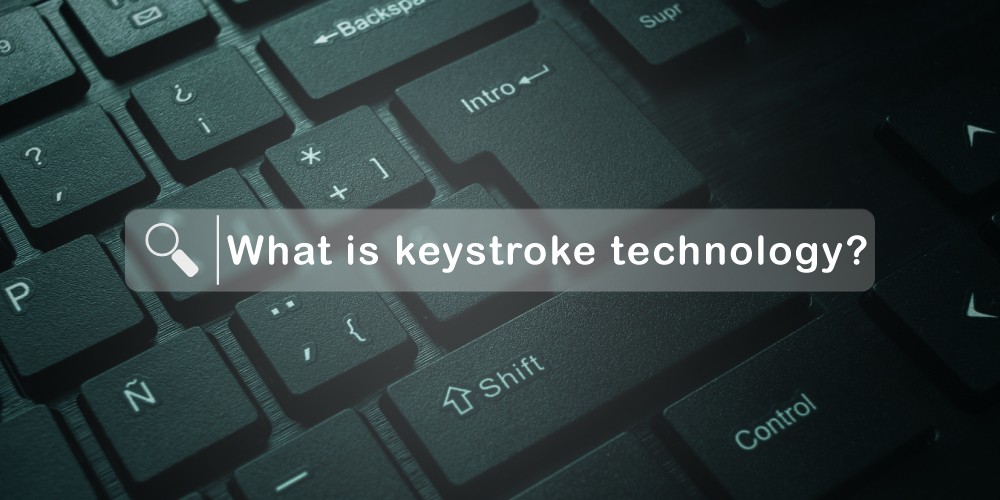An unsettling subject is beginning to surface around how employers monitor how much or how little employees work. Since remote work became popular during the pandemic and businesses started to worry that they couldn’t physically see employees at desks, there has been an increase in digital monitoring. Many said that, as a result, productivity had decreased. Let’s talk about keystroke technology.
The discussion about the technologies businesses use to monitor worker productivity erupted last week when an Australian lady was let go after their monitoring systems revealed she hadn’t spent enough time typing during the workday. According to Business Insider, the 18-year employee of the insurance company used a keyboard for less than 100 working hours in October and again in November. Suzie Cheikho, the woman, has openly denied the accusations.
What is a keylogger, often a system monitor or keystroke logger?
Keyloggers, or keystroke loggers, are surveillance technologies that track and log every keystroke made on a particular device, like a computer or smartphone. It may be based on software or hardware. The latter kind is sometimes called keyboard capture or system monitoring software.
Why do people use keyloggers?
Cybercriminals frequently employ keyloggers as spyware tools to steal valuable company data, login credentials, and personally identifiable information. Nevertheless, there are a few applications for keyloggers that, in specific contexts, might be deemed suitable or moral. Keyloggers, for example, can also be utilised for the following purposes:
- By companies to keep an eye on their workers’ computer usage.
- Parents monitor the internet use of their kids.
- The owners of gadgets monitor any potential illegal activity on their possessions.
- By law enforcement organisations to examine computer-related occurrences.
Keystroke tracking software: What Is It?
Keystrokes on employees’ computers are tracked and recorded using keystroke-tracking technology. It records each keystroke a user makes and generates a comprehensive history of their typing actions.
This kind of software is frequently employed for several objectives, such as:
Workers’ Surveillance
Employers can monitor workers’ productivity and activity by implementing keystroke tracking. It can evaluate how workers allocate their time, pinpoint areas needing development, and guarantee adherence to corporate guidelines.
Online Safety
Keystroke monitoring is one security tool they can use to identify and stop unwanted access. The software can detect unusual activity or efforts to breach passwords and other sensitive data by keeping track of keystrokes.
Investigative Forensics
Keystroke tracking can be used in forensic and legal contexts to examine computer user behaviour and gather evidence for inquiries. In situations involving cybercrime or unauthorised access, it is advantageous.
How does it operate?

“keystroke technology” keeps tabs on and gathers information about how employees utilise computers. It is one of the few technologies available to employers to monitor how employees spend the hours they are expected to work more carefully. It records every keystroke an employee makes on their computer.
Thanks to newer features, administrators can now occasionally snap screenshots of employees’ displays. This is the general operation of keystroke tracking software:
- Installation: Keystroke tracking software can be installed remotely using malware, phishing scams, or other techniques, or it can be installed on a computer by someone with physical access. It might be purposefully deployed on rare occasions for monitoring—for example, parental control or staff observation.
- Hooking into the Operating System: Keyloggers frequently employ methods like hooking into the keystroke handling mechanism of the operating system. Regardless of the application they type in, it enables them to intercept keystrokes as the operating system processes them.
- Recording Keystrokes: When installed and turned on, the keylogger records keystrokes. The keyboard captures every key press, including function keys, letters, numbers, symbols, and special keys like Enter, Backspace, and Delete.
- Covert Mode: Numerous keyloggers function in stealth mode, which entails running covertly in the background without the user’s awareness. To evade detection by antivirus software and users, they might conceal their files, processes, and registry entries.
Information Recovery:
A database or log file keeps the logged keystrokes. The individual or organisation that installed the keylogger can access it. The keylogger automatically sends recorded data after recording, according to its settings.
Analysis and Misuse: After recording keystrokes, you can examine the data to extract private information such as credit card numbers, usernames, and passwords. Information misappropriation may occur for financial fraud, espionage, identity theft, or other nefarious reasons.
What Issues Does Keystroke Tracking Have With Controversy?
Someone can use keyloggers or keyboard tracking software for controversial purposes, as they can be employed for good intentions just as easily as bad.The following are some critical issues influencing the dispute:
- Keystroke tracking presents serious privacy concerns, particularly when people don’t know their manager monitors their typing habits. The possibility of privacy violation may cause unease and resistance.
- Unauthorised SurveillanceWithout express authorization, someone can use keystroke tracking software for unauthorized surveillance. This raises moral concerns regarding private property rights and the limits of appropriate monitoring.
- Data Security Risks: The management and storage of keystroke data are risks since unauthorised access may lead to financial fraud, identity theft, or other nefarious acts. The acquisition of data raises concerns about its potential misuse.
- Workplace Dynamics: When employees are subjected to keystroke tracking in a work environment, trust between them and their employers may be strained. Open communication about monitoring procedures is necessary for sustaining a pleasant work environment.
- Ambiguity in Law and Ethics: The debate highlights the necessity for precise laws and moral principles regulating the use of keystroke tracking. Because technology is constantly changing, it is unclear whether current laws can handle new privacy issues.
What Are the Benefits of Keystroke Tracking Software for Businesses?

The company can benefit from implementing keylogging software in the workplace, but it is important to do so responsibly and in accordance with the law. Here are some things to think about:
Enhanced Protection:
Keylogging software is an essential instrument for strengthening security protocols in an enterprise. Keeping sensitive data from unauthorized access and corruption, we identify and resolve issues such as unauthorized access.
Employee Observation:
Keystroke monitoring by employees offers insightful information on their actions and demeanour at work. Employers can use this data to assess worker productivity, spot patterns in behaviour, and identify areas where workers might need more guidance or instruction.
Compliance and Regulations:
By putting keystroke tracking systems in place, businesses can ensure they abide by legal and industry standards for data security and protection. By adhering to set standards, companies reduce the possibility of incurring fines or legal consequences.
Recognizing Insider Threats:
Keystroke monitoring software is crucial for spotting unusual activity or possible insider threats in a company. Organisations can proactively identify and reduce risks posed by internal actors who could compromise sensitive information or carry out unauthorised operations by analysing keystroke data.
- Keylogging is an invaluable instrument for investigative purposes when looking into cybersecurity events, fraud, or other illegal activity. Investigators can successfully support their inquiries by gathering evidence and reconstructing events by capturing extensive information about system activity and user interactions.
Safeguarding Private Information:

Keystroke tracking is critical in protecting confidential data, including passwords and private information, from unwanted access. Organisations can put strong security measures in place to stop data breaches and unauthorised disclosures of private information by monitoring user inputs and interactions.
Concluding
Although there is no denying that keystroke monitoring software improves productivity and strengthens cybersecurity, its use requires careful consideration of both practicality and morality. Protecting personal information and fostering employee trust go hand in hand with the ability to improve security and expedite processes.

